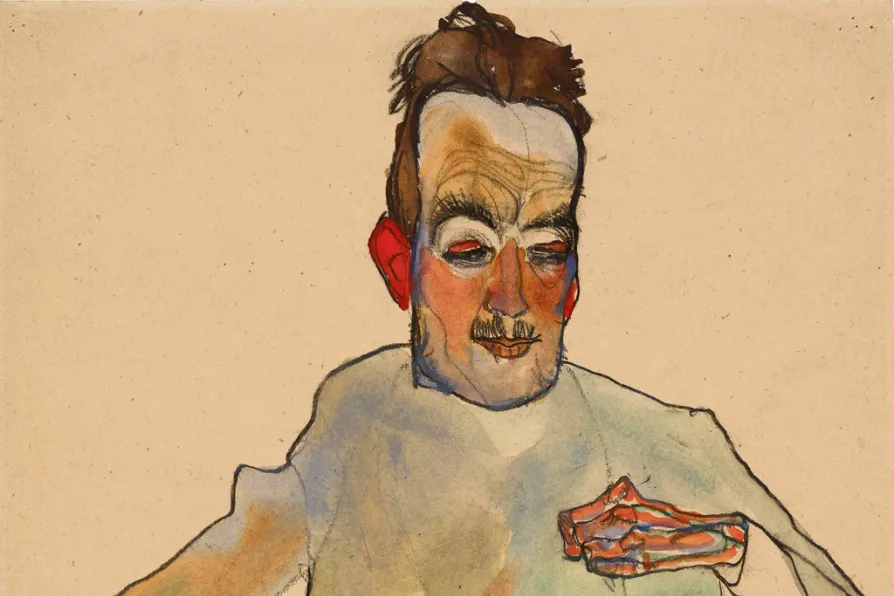The bard pays homage to his two muses: his wife and his football club
Still breaking boundaries
Egon Schiele may have died a century ago but his provocative depictions of human vulnerability continue to fascinate and disturb, says CHRISTINE LINDEY

 Egon Schiele, The Cellist, 1910
Egon Schiele, The Cellist, 1910
PRECOCIOUS, fiercely ambitious and armed with a remarkable talent for drawing, Egon Schiele (1890-1918) achieved early critical success, lived fast and died young.
Son of the station master of the Austrian town of Tulln, Schiele was accepted two years early by Vienna’s most prestigious art academy, aged just 16. He participated in his first group exhibition two years later and had an enthusiastic following by 1909.
Similar stories

Ben Cowles speaks with IAN ‘TREE’ ROBINSON and ANDY DAVIES, two of the string pullers behind the Manchester Punk Festival, ahead of its 10th year show later this month

JAN WOOLF wallows in the historical mulch of post WW2 West Germany, and the resistant, challenging sense made of it by Anselm Kiefer

CAROLINE FOWLER explains how the slave trade helped establish the ‘golden age’ of Dutch painting and where to find its hidden traces

The Morning Star sorts the good eggs from the rotten scoundrels of the year










